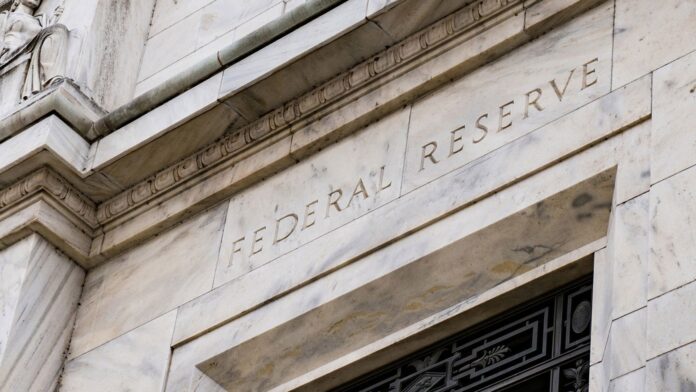American consumers slowed their spending to a gain of just 0.6% in September, a cautionary sign for an economy that remains in the grip of a pandemic and a prolonged bout of high inflation.
At the same time, a key inflation barometer that is closely followed by the Federal Reserve surged 4.4% last month from a year earlier — the fastest such increase in three decades.
Sharply rising prices, in part a result of supply shortages, have imposed a growing burden on American households. For months, annual inflation has remained far above the modest annual rates of 2% or less that prevailed before the pandemic recession.
Friday’s report from the Commerce Department also showed that personal incomes, which provide the fuel for spending, fell 1% in September the sharpest decline in four months. Wages jumped 0.8% — twice the August gain and a reflection of a tight job market that has forced employers to raise pay to attract workers.
- Palestinian president pays $42k to family of terrorist who killed Israelis after Biden restarted aid
By contrast, the category of spending that includes government benefits plunged 7%, reflecting the expiration of emergency federal programs including expanded unemployment benefits. The expiration of those programs has exerted a drag on overall income.
The economy, while growing, is still being hampered by COVID-19 cases and persistent supply shortages. On Thursday, the government estimated that the economy slowed sharply to a 2% annual growth rate in the July-September period, the weakest quarterly expansion since the recovery from the pandemic recession began last year.
For the July-September quarter as a whole, consumer spending, which fuels about 70% of overall economic activity, weakened to an annual growth rate of just 1.6%. That was down significantly from the previous quarter.
Economists remain hopeful for a bounce-back in the current quarter, with confirmed COVID cases declining, vaccination rates rising, businesses investing and more Americans venturing out to spend money. Many analysts think the economy will rebound at a solid annual growth rate of at least 4% this quarter.
In Friday’s report on consumer spending, the government said that last month’s 0.6% increase marked a slowdown from the 1% gain in August. Purchases of goods slowed to a 0.5% rise in September, compared with a 1.6% increase in August. More Americans have been shifting their spending away from the physical goods that many purchased while hunkered down at home to spending on services, from haircuts to airline tickets to restaurant meals. In some cases, a shortage of products, related to bottlenecked supply chains, are keeping a lid on goods purchases.
The 12-month increase of 4.4% in a price gauge preferred by the Fed, the largest such rise since early 1991, reflected a continuation of the inflation pressures that have intensified in recent months. So-called core inflation, which excludes volatile energy and food costs, rose by a slightly milder 3.6% over the past year.
Most economists expect consumer spending to strengthen as supply problems ease. The resilience of such spending has fueled businesses’ need for workers, and in many cases they can’t find enough. In September, employers added just 194,000 jobs, a second straight tepid gain and a sign that the pandemic still had a grip on the economy with many companies struggling to attract applicants to fill jobs. Many people who lost jobs in the pandemic have yet to start looking again.
Lydia Boussour, lead U.S. economist at Oxford Economics, said she thinks that consumer spending, which slowed to an annual growth rate of just 1.6% in the July-September period, is rebounding in the current quarter.
“An improving health situation, rising mobility, improving employment trends and solid household finances,” Boussour wrote, should help fuel a consumer spending increase of around 5% this quarter.
The report Friday showed that the saving rate dipped to 7.5% of after-tax income in September, a still-high level but down from 9.2% in August.





